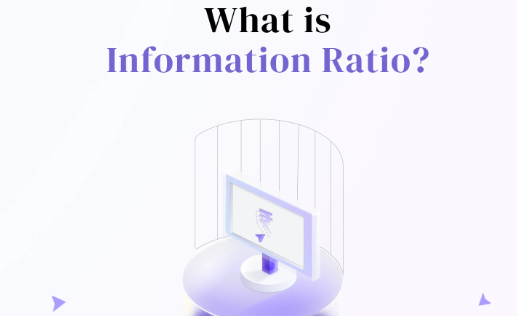Understanding the information ratio is crucial for investors navigating the mutual fund market. This metric helps evaluate a fund’s risk-adjusted performance, guiding better investment decisions. How does the information ratio affect returns, and how can you leverage it? Let’s break it down.
What Is Information Ratio?
Information Ratio is a key metric every Indian investor should understand. It measures how much excess return an investment gives relative to the extra risk taken. In India’s growing financial markets, knowing how to read this ratio can make a major difference in portfolio performance.
The Information Ratio helps investors compare mutual funds, portfolio managers, and even direct equity strategies. Unlike just looking at returns, this ratio adds context by showing how efficiently those returns were earned. A higher Information Ratio indicates better risk-adjusted performance.
How to Calculate Information Ratio:
Information Ratio = (Portfolio Return – Benchmark Return) / Tracking Error
- Portfolio Return: What your investment earned
- Benchmark Return: What a standard index (like Nifty 50) earned
- Tracking Error: The standard deviation of the difference between portfolio and benchmark returns
Let’s say your mutual fund gave a 14% return, while the Nifty 50 delivered 11%. If the tracking error is 2%, your Information Ratio is (14-11)/2 = 1.5. That’s considered strong, as anything above 0.5 is good and above 1.0 is excellent.
For Indian investors, this helps separate luck from skill. A fund may perform well due to market movement, but a high Information Ratio suggests consistent, smart decision-making by the fund manager.
Why It’s Crucial for Indian Investors:
Indian investors often rely on returns and star ratings. However, these alone don’t reflect the risk taken. Information Ratio offers a more reliable lens.
For example, during volatile periods—like the March 2020 COVID crash or the recent 2023 Lok Sabha election jitters—some funds still outperformed benchmarks with low tracking error. That’s where the Information Ratio becomes valuable.
Moreover, it’s useful for comparing actively managed mutual funds vs index funds. While index funds aim to match the market, active funds try to beat it. The Information Ratio shows how well they’re doing that without taking on too much extra risk.
Making Smarter Investment Decisions Using the Ratio:
Using the Information Ratio, Indian investors can filter out underperforming funds. It can also help in portfolio rebalancing by identifying which schemes consistently outperform with minimal risk. Here’s how to apply it:
- Compare funds within the same category (e.g., large-cap vs large-cap)
- Focus on 3-year or 5-year data to avoid short-term noise
- Combine with other ratios like Sharpe Ratio and Alpha for a broader view
Conclusion:
The Information Ratio is more than just a number—it’s a tool for smarter, more informed investment decisions in India. As markets become more complex and choices increase, knowing how to read this ratio can give you an edge. Ready to boost your portfolio? Explore more financial insights now!
– Ketaki Dandekar (Team Arthology)
Read more about Information Ratio here – https://groww.in/information-ratio
